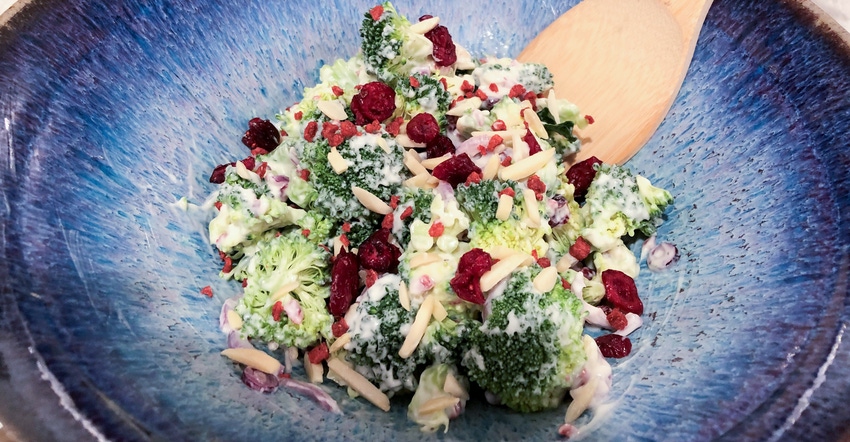January 9, 2019

A lot of us struggle with our weight and with working out consistently. Even our kids. Upward of one in five American teenagers is obese, and as many as one in two is estimated to be overweight, according to researchers. The statistics for adults are even higher: One in three adults is obese.
Being overweight or obese at any time in life can affect health across the lifespan, contributing to chronic diseases such as diabetes, depression and hypertension that all reduce productivity and shorten life expectancy.
So, if you’re ready to do something about it, a new year always feels like the right time to make a resolution. But what about a Monday resolution instead?
Typically, we make and break our New Year’s resolution and feel defeated, and are back to our old habits before we can open that bag of chips. We want to eat healthier and exercise more. We have good intentions, but at least a third of us will fail to stick with our New Year’s resolutions.
But that doesn’t mean we should give up. Maybe we just need to rethink the goal-setting process.
Attainable goals
Weekly goals can be much more effective. They can be thought of as mini resolutions, giving the chance to start fresh every week. Monday is the “New Year’s” of the week — a time to refresh and start again each week. And while the new year comes around once a year, Mondays give us 52 chances to get back on track.
Plus, you can focus on a new goal each week or tweak last week’s goal to move into a healthier lifestyle. Give yourself a challenge; if working out more consistently is the goal, set achievable goals and increase them. Work out twice the first week and three times the next. If it’s eating healthier, plan to eat at home twice this week, making salmon or a salad, and three times next week.
When you hit small successes, it’s not only empowering, but also motivating. And when you feel positive about the good changes you’re making, you’re much more likely to make more good choices.
It’s the same for weight loss. Thinking you must lose 30 to 50 pounds seems impossible and can make you feel like giving up before you get started. The key is to break it up into weekly goals — say, 2 pounds a week. (That’s realistic, by the way. Those magazine headlines that promise 10 pounds in a week only come from loss of water, and you’ll gain it back.)
So, what really works to lose weight? Forget going on a diet and instead think healthy eating. Plan your meals so that at each meal, half your plate is fruits and vegetables, one-fourth is lean protein and one-fourth is whole grains. Sounds simple, but it works.
Sticking it out
In the first few weeks of a diet, which can include calorie counting, elimination of a food or food group, following a strict meal plan, etc., most people will lose weight. But research shows that dieting generally doesn’t lead to long-term weight loss. Diets are hard to stick to because restricting food often makes you want it more, which is why most people fall off the wagon in the first month or two of a diet.
Even if we can stick to a diet, our bodies resist weight loss, viewing dieting as a form of starvation. As a survival mechanism, our metabolism slows and hormones that regulate appetite and satisfaction change.
The key is to adopt healthy behaviors without dieting. Healthy behaviors include exercising in a way that’s enjoyable and energizing, eating foods that are delicious and make you feel good, cultivating close relationships and a strong community around you, and avoiding risky behaviors such as drug or alcohol use.
There’s no such thing as the perfect diet, anyway. We’re all different — it’s kind of crazy to think one way of eating will work for everyone.
Learning to eat intuitively (knowing when you’re hungry or full) is the key to feeling your best. When we stop dieting and start trusting our body, then we figure out how different foods make us feel physically and mentally.
In the end, we need to make peace with our bodies and accept ourselves. When we do that, we stop obsessing about good foods and bad foods and start thinking about food as a way to fuel our body so we’re able to do the things we want to do. Here’s to a healthy, happy 2019!
To get you started, try this broccoli salad, full of antioxidants, low in calories and very tasty. Serve it with a lean pork chop or chicken breast, a crusty piece of whole wheat bread or side of brown rice, and fruit for dessert.
Cranberry-Almond Broccoli Salad
¼ cup finely chopped red onion
⅓ cup canola mayonnaise
3 tablespoons reduced-fat plain Greek yogurt
1 tablespoon cider vinegar
1 tablespoon honey
¼ teaspoon salt
¼ teaspoon freshly ground black pepper
4 cups coarsely chopped broccoli florets (about 1 bunch)
⅓ cup slivered almonds, toasted
⅓ cup reduced sugar dried cranberries
4 center-cut bacon slices, cooked and crumbled
Soak red onion in cold water for five minutes and drain. Combine mayonnaise and next five ingredients (through pepper), stirring well with a whisk. Stir in red onion, broccoli and remaining ingredients. Cover and chill one hour before serving. Serves eight (serving size about ½ cup).
Per serving: 104 calories, 4 grams protein, 11 grams carbohydrate, 5.9 grams fat, 4 milligrams cholesterol, 3 grams fiber, 5 grams sugars (4 added), 224 milligrams sodium.
Fargo is a dietitian for Hy-Vee in Springfield, Ill. Send recipe ideas to her at [email protected].
About the Author(s)
You May Also Like






